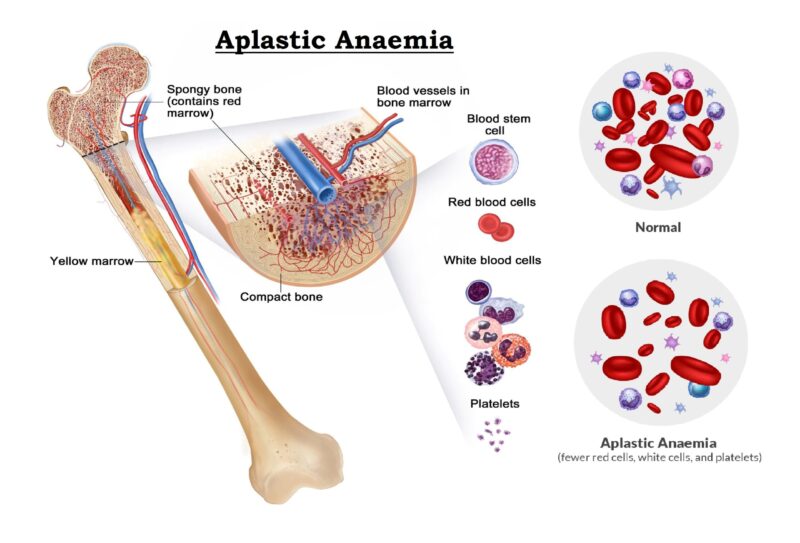Total Thrombocyte Count by Haemocytometer
Thrombocytes are the smallest cell in the blood circulation. It is also known as platelet. They originate from megakaryocytes in the bone marrow. They participate in the blood clotting process. Determination of total thrombocyte count is requested in the laboratory for investigation of bleeding disorders. Determination of total thrombocyte count is requested in the laboratory for investigation of bleeding disorders. Increase platelet count above normal in the blood circulation is called thrombocytosis. Decreased platelet count below normal in the blood circulation is called thrombocytopenia. The critical count of platelet is 40,000/ cu.mm.

Thrombocytosis :
It is found in Polycythemia Vera, following spleenectomy, Immediately after surgery and following bleeding, Chronic myeloid leukemia, Iron deficiency anaemia, during infection, Myelofibrosis etc.
Thrombocytopenia :
It is often associated with prolonged bleeding time and poor clot retraction. It also occurs in aplastic anaemia, Megaloblastic anaemia, hyper splenism, acute leukemia, dengue, dengue haemorrhaging fever, rubella infection and in immune thrombocytopenia.
Normal value :
1.5 – 4.0 lakes/cu.mm
Methods :
Three methods are available for determination of platelet count. These are as follows :
- Study of blood smear.
- Heamocytometry.
- Automated counting
- By study of blood smear, a gross count is done and automated counting is very costlier; Hence in the developing country Heamocytometry method is used in the laboratory.
Principle :
The blood specimen is diluted 1 in 100 with the Platelet diluting fluid. The Platelet diluting fluid contains citrate prevent coagulation, formalin fixed the platelets and also prevent clumping of platelets and brilliant cresyl blue provided the back-ground during cell count. The platelets are counted under microscope by using a counting chamber. The number of cells in undiluted blood is reported as per cu.mm (µl) of whole blood.
Requirements :
- Test tube with test tube rack.
- Micropipette with microtips.
- Platelet diluting fluid :
- Trisodium Citrate (0.106M) : 3.8 gm
- Neutral formaldehyde (40%) : 0.2 ml
- Brilliant Cresyl Blue : 0.1 gm
- Distilled water : 100 ml
- This solution is stable at room temperature (25°C ± 5°C).
- Microscope.
- Improved Neubauer counting chamber.
- 2.0 ml graduated pipette.
- Petridish with filter paper etc.
Specimen :
- EDTA anticoagulated venous blood is recommended specimen for platelet count. The platelet count must be completed within 2 hours after blood collection. The specimen should be collected in a plastic syringe (since platelet adhere to the glass surface) and take in a wax coated vial containing EDTA anticoagulant.
- Free flowing capillary blood also can be used for platelet count. It gives lower result compare to the venous blood due to addition of tissue fluid with the blood and adhesions of platelet in the puncture site.
Procedure :
- Taken a clean and dry plastic test tube in the test tube rack.
- Transferred 1.98 ml of platelet diluting fluid in this test tube by using 2.0 ml pipette.
- Added 0.02 ml of well mixed blood by using micropipette with microtips.
- Mixed well and wait for at list 5 minutes.
- Loaded the solution mixture into the Neubauer chamber and it is kept in a moisture Petridish for 15 minutes.
- Placed the Neubauer chamber on the stage of the microscope. Observed first under low power objective (10X) and afterwards switch to high power objective (40X) and count the number of red cells in the 4 corner squire and in the centre squire in the middle chamber of the Neubauer chamber.






I blog often and I genuinely appreciate your content. This article has really peaked my interest.